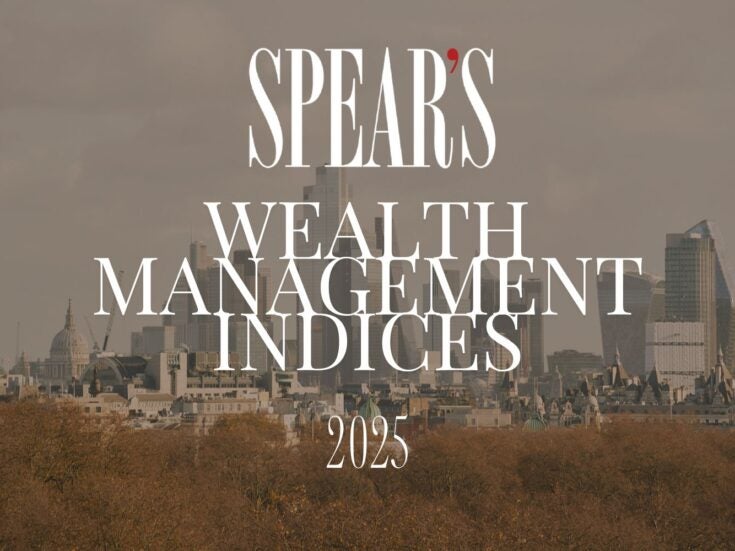
Enough stimulus already! After all the money-printing, it’s time to calm down and get back to boring old economic basics, says Guy Monson
I AM HOPING that 2011 will not be another year of records. I would certainly like to say goodbye, even by a margin, to the world’s largest peacetime deficits in the West, and also to the lowest core inflation rate in the US for 50 years. I hope it will soon be farewell to the biggest central bank bond purchases by the UK and US since Weimar Germany, and I am sure that even in China the authorities would like to forget the stimulus-driven growth records of 2009-10, with all the inflation and credit problems left in their wake.
Every emerging economy must be praying that we do not see new highs in food prices after the stratospheric moves in soft commodities last year, and every emerging world exporter is hoping to see the last of the record gains in local currencies as Bernanke’s newly minted dollars flow from Washington to Mumbai and Rio…
In fact, investors across the globe are wearying of today’s unnatural world of money printing and emergency economics. A return to more honest, less headline-grabbing economics, with a real consolidation of public finances in the West and more domestic-led growth in the East, suddenly seems rather attractive. And 2011 offers a few tentative signs that this just might be where economies are heading: December, for example, saw China’s PMI (Purchasing Managers Index) hit a three-month low of 53.9, while Chicago’s PMI touched its highest level since 1988.
With the Federal Reserve embarking on another round of government bond purchases, and President Obama signing into law an $858 billion package of tax breaks and extensions, the US recovery should continue to surprise, even if labour growth remains the laggard.
Key to this is a change in the behaviour, and indeed perception, of China as authorities struggle to control inflation while safeguarding growth. With soaring commodity costs and rising wage demands across the region, more rate rises, as we saw on Christmas Day, will surely be necessary — a policy cocktail that will remain broadly negative for China’s equity markets but broadly positive for its currency.
By contrast, global investors — particularly those in Europe — will see a more investment-friendly China in terms of its impact on global markets. After a rise of more than 11 per cent last year against the euro, the accusation of currency ‘protectionism’ is being replaced by a more positive view of China as a compelling export opportunity.
Steadily, more of the benefits of Chinese and indeed wider EM growth may now be accruing to the West. Indeed, 2011 will likely see more decisions like that of Mukesh Ambani, CEO of Reliance Industries, who has indicated that he will invest up to $12 billion over the coming years in US energy projects. Similarly, the Royal Bank of Scotland recently completed the sale of the Grosvenor House Hotel in Mayfair to Indian billionaire Subrata Roy, who owns media conglomerate Sahara India Pariwar. Expect more entrepreneurial money to flow back from the East to the West, taking advantage of low valuations, cheaper currencies and, ultimately, economic turnaround stories.
MEANWHILE, JAPAN COULD well be back on the investment calendar; this might just be the year when investors talk more about the returns from investing in Japan than they do of China. Much of it will be negative, as Japan’s government wrestles with 20 per cent approval ratings and central and local government debt estimated by The Wall Street Journal to be over $11 trillion (or near to a world-beating 200 per cent of GDP).
If a realisation of the simple unsustainability of this situation triggers a fall from late-2010’s record highs for the yen, it might mean a collapse in the bond market, but also an extraordinary windfall for Japan’s super-competitive exporters (especially if the Chinese currency continues to climb).
Elsewhere, we are somewhat more sanguine than most of the financial press about the protracted debt crisis continuing to engulf peripheral Europe. While the 2010 budget deficit as a percentage of GDP for the eurozone was 6.3 per cent, the equivalent in the UK was a staggering 10.5 per cent, in the US 11.3 per cent, and in Japan 6.5 per cent. In other words, the overall financial condition of the eurozone is relatively robust: it is rather the allocation of liability between the core and periphery that remains the challenge, the solution to which is more political than economical.
Perhaps the warm reception by investors of the recent first pan-European bond to fund the Irish bailout could mark the beginning of a turnaround. These bonds may be regarded as prototypes for what will ultimately be ‘E-Bonds’ issued in the name of the eurozone to fund selected peripheral debt across the EU — a solution that is probably the only logical outcome of today’s extended solvency crisis.







